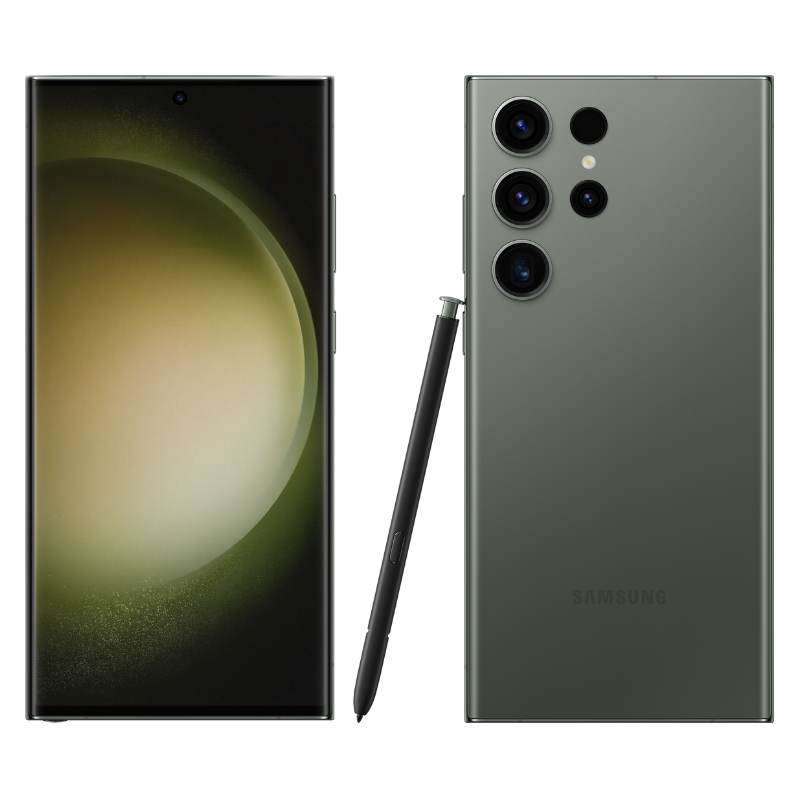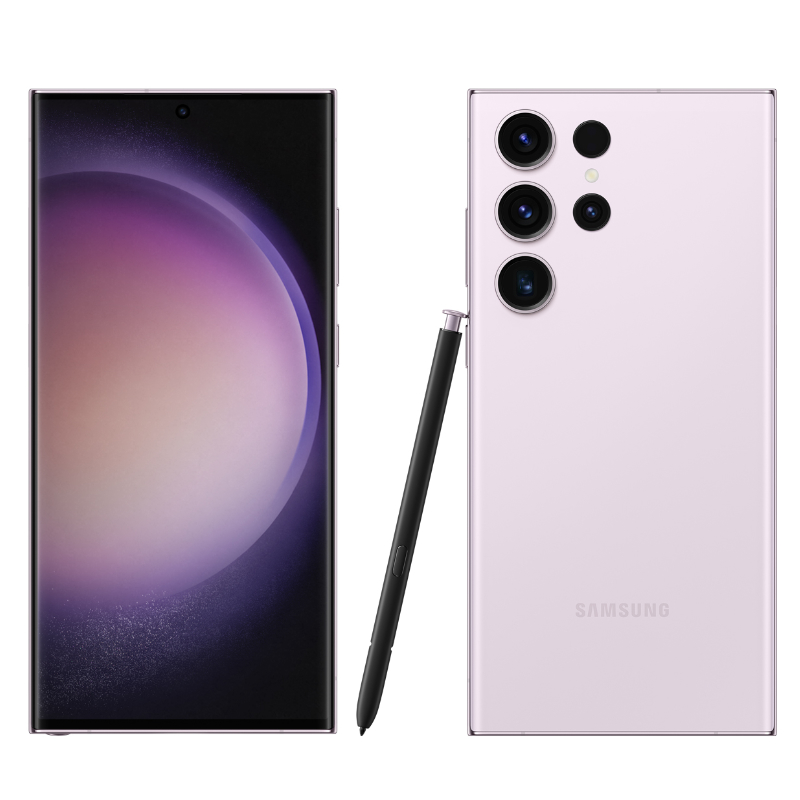No products in the cart.
Cutting Edge Technology in the New Samsung Galaxy S23 Series – Is It Different Enough? Leave a comment
Yesterday I was privileged to attend the official launch of the Samsung Galaxy S23, so over the upcoming weeks, numerous articles will be composed about the new Samsung Galaxy S23 series, a great deal of which will no doubt center on how much it mimics its precursors. This reality is undeniable, whether one gazes at the technical information or even checks last year’s costs (thank goodness).
However, similarly to Apple, Samsung has to be cautious when altering one of the most popular smartphone series. Everyone desires creative ideas and phones that are impassioning and innovative. Nevertheless, moving too far away could lead to disregarding the factor why people love the product in the first place. But you won’t be able to overlook the fact, over time, you have most likely seen this newest design before. Thus let’s focus on what is fresh in our Samsung Galaxy S23 test run.
Display of the Galaxy S23
Let’s begin with this year’s only apparent adjustment; the rear camera structure is removed in preference of a floating camera model. That seemingly minor disparity is the only manner in which you will be able to differentiate the Galaxy S23 range from the Galaxy S22 at a quick glance. If you are attempting to differentiate the Ultra from last year’s version, abandon any such hopes. Still, it is an appreciated improvement that updates the phone’s appearance.
Fortunately, the advantage of small modifications implies that the complete Galaxy S23 range stays wonderful to manage and employ. The kind of standard Galaxy S23 is apt for single-handed application and slender enough to fit into even the most cramped of jean pockets. All things considered, all three models have flatter edges in this era, which yields a very slightly sturdier feel in the grip. The Ultra stays entirely screen permanently, yet the broader framework is still light enough not to be completely extra (until you add a protection on it, at any rate).
It Remains the Top Hardware Option
You will still come across a few of the most current and cutting-edge mobile hardware among the trio of phones. Instant charging, millimeter wave 5G, Wi-Fi 6E, an IP68 marker, 120Hz variable-refresh displays, and Corning Gorilla Glass Victus 2 are all present and right on par across the selection. The two bigger models also include the already mentioned UWB backing, which is nicely related with Galaxy SmartTag Plus Bluetooth monitors.
Samsung’s S23 Design is Familiar yet Unique at the Same Time.
The Plus model continues to leave me ambivalent. It doesn’t have the enormous area of the display or superior abilities of the Ultra, yet it is almost as cumbersome and doesn’t come with the main advantages. If you don’t yearn for a more influential battery and ultra-wide-range (UWB) backing, the miniscule Galaxy S23 obviously sticks out due to its smallness.

Dissimilar from Apple, the international consumers can still use a physical SIM card slot. It appears that Samsung knows how to avoid debate. eSIM assistance is offered as an elective additional function. Also, the Galaxy S23 Ultra remains the sole design with S Pen backing, which it houses securely on its underside left-hand side.
Finishing off this year’s cosmetic upgrades are four Galaxy S23 shades that span the entire spectrum; Black, Cream, Green, and Lavender. Not including Lavender, these hues are all quite toned-down and don’t possess the accessibility of last year’s Green or selective Burgundy alternatives. In my opinion, I recognize that Cream has the most attractive look while the near metallic Green is also dazzling and will be a great business class choice instead of settling for plain Black.
The Galaxy S23 and S23 Plus Promise Better Features
Samsung has kept up its strategic alliance with Qualcomm to bring a Snapdragon 8 Gen 2 “for Galaxy” chip variation to this year’s models. The most significant alteration is a minor speed enhancement on the CPU up to 3.36GHz, up from 3.19GHz. There are also vague GPU enhancements, with support for ray tracing.
Higher Capacity Batteries and Increased Storage Capacity

Samsung has deviated from the usual formula in some areas. The general Galaxy S23 and S23 Plus include bigger batteries this year; 3,900mAh and 4,700mAh respectively. This is greater than last year’s 3,700mAh and 4,500mAh output, making both devices capable of lasting the whole day with more dependability. The Plus and Ultra versions also begin with 256GB storage, assuring you’ll not quickly deplete your capacity.
Another great advancement in this iteration is the integration of fresh camera sets into the Galaxy S23. Especially, a 200MP primary lens only present in the S23 Ultra. Leveraging Samsung’s Isocell HP2 technology, this gigantic megapixel sum likewise promises 16-to-1 pixel grouping down to 12.5MP for atmospheres with less lighting, a Dual Vertical Transference Gate (D-VTG) to negate washed-out pictures, and a Dual Incline Gain for augmented HDR imaging.
The Samsung S23 Ultra Camera Features Advanced Imaging Technology
Nonetheless, during our brief hands-on time where the photographer was limited in the number of scenes they could shoot, we did not detect anything noteworthy. The 1/1.3 inch sensor is not very much larger than the previous one, so that results only in minor improvements instead of impressive modifications made to capturing light with a smartphone.
Also, all three feature a recent 12MP front-facing camera, with the Galaxy S23 Ultra which formerly advertised a 40MP version. This odd transformation comes in spite of Samsung’s adoration for pixel count with the rear camera. In any case, as confirmed by some probable parts, the result is likely a sidegrade for the Ultra and an enhancement for the rest.
We shall have the capacity to inspect more intently whether Samsung can pull this technology together with advanced selfies, night modes, and division of objects in order to generate top-notch mobile phone images during our review. Purchase this product here.


